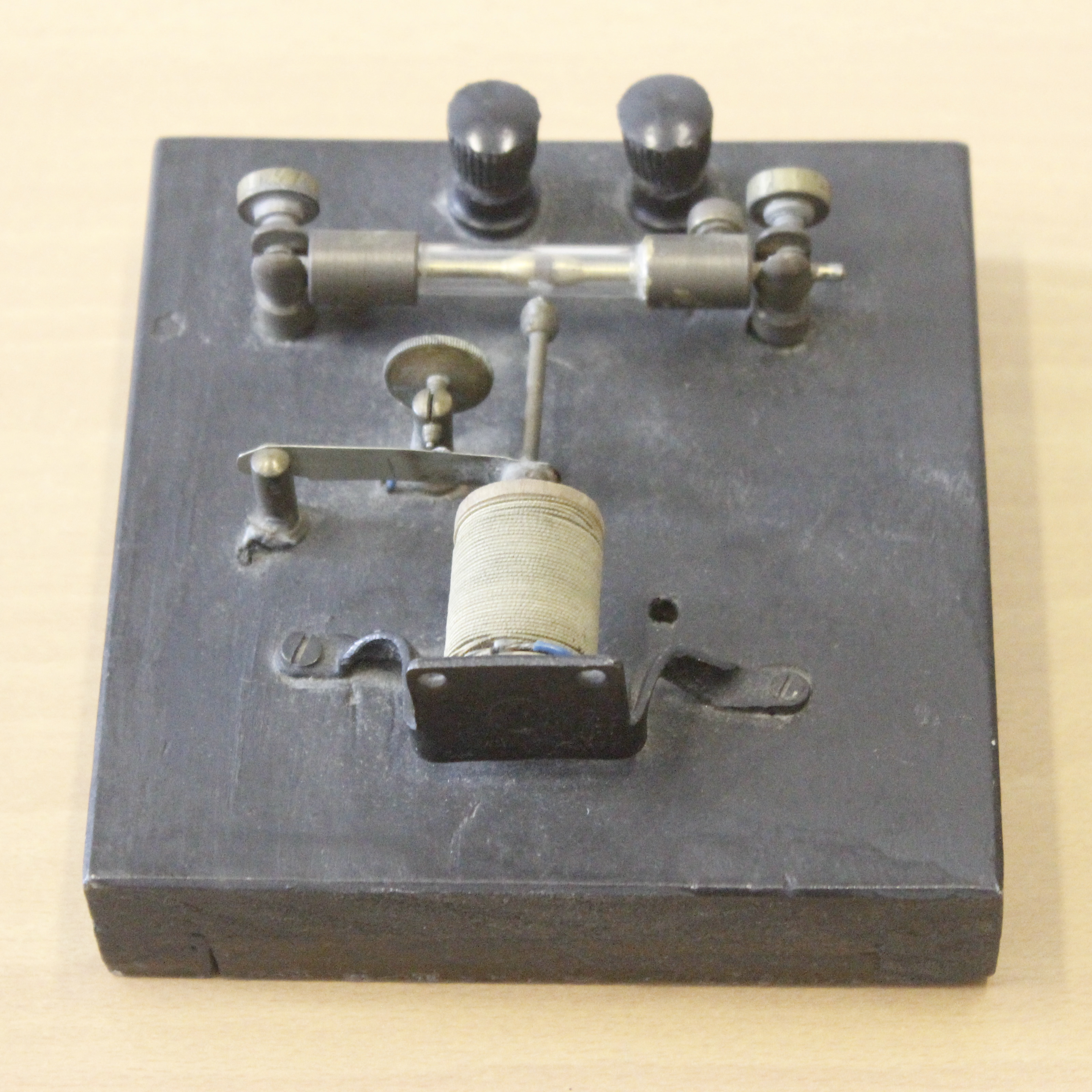
The coherer (or coherer) is a radiofrequency signal detector, consisting of a glass tube inside which extremely fine metal filings are inserted between two electrodes (the metal caps that close the glass tube). Under normal conditions the electrical resistance of the filings is very high, therefore no current flows in the coherer. The resistance drops abruptly when the coherer is affected by a radio frequency signal; the flowing current therefore reveals the presence of the signal.
INSIGHTS
The coherer (or coherer) is a radiofrequency signal detector, consisting of a glass tube inside which extremely fine metal filings are inserted between two electrodes (the metal caps that close the glass tube). Under normal conditions the electrical resistance of the filings is very high, therefore no current flows in the coherer. The resistance drops abruptly when the coherer is affected by a radio frequency signal; the flowing current therefore reveals the presence of the signal.
The main drawback of the coherent is that the granules that make up the powder remain oriented. To overcome this problem, the device is equipped with an electromechanical striker that lightly hits the container to disorient the granules again.
The coherent was used to detect the Morse signals which, due to their relative slowness, were compatible with the dead times of mixing of the metal granules. With the development of radio transmissions and modulation systems, the detection of signals was entrusted to the most efficient rectifier diodes, initially crystal, then thermionic valve and finally semiconductor.
Data sheet
Category: Coherer
Designer: Temistocle Calzecchi Onesti
Manifacturer: /
Year of production: 1884, 1890
Size: 5x15cm